introductory notes to his most outstanding novels
 Charles Dickens (1812-1870) is a novelist whose work appeals to both general readers and serious literary critics alike. This is because at its best it operates at two levels simultaneously. Entertaining incidents and characters abound at the surface level, and deep beneath them exist profoundly serious themes and psychological insights into human nature. His early novels are rich in enjoyable knockabout entertainment, and his later works explore the darker side of moral and social issues with which he was so concerned throughout the whole of his working life.
Charles Dickens (1812-1870) is a novelist whose work appeals to both general readers and serious literary critics alike. This is because at its best it operates at two levels simultaneously. Entertaining incidents and characters abound at the surface level, and deep beneath them exist profoundly serious themes and psychological insights into human nature. His early novels are rich in enjoyable knockabout entertainment, and his later works explore the darker side of moral and social issues with which he was so concerned throughout the whole of his working life.
Turn to any work in his huge output, and you will find linguistic invention, tremendous imaginative flair, memorable characters, vivid scene-painting, dramatic incidents, high comedy and tragic pathos packed into alternate chapters, and an overwhelming sense of joie de vivre.
There was a time when his fondness for melodrama and plots which hinged on improbable coincidence were thought to be fatal weaknesses, but modern readers now tend to be more tolerant of these nineteenth century conventions. They focus attention instead on his endless inventiveness and his mastery of the novel form.
Readers with less literary experience might choose to begin with early works such as The Pickwick Papers, Oliver Twist , or even David Copperfield. Those used to reading long novels with complex plots and a huge cast of characters could go straight to the late, great masterpieces such as Dombey and Son, Bleak House, or Great Expectations.
Your choice of editions is enormous. The most scholarly, with full introductions, notes, glossaries, and background details are the Oxford University Press and Penguin Books editions.
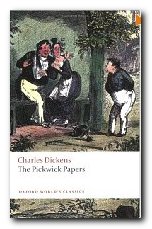 Pickwick Papers (1836-37) was Dickens’ first big popular success, written when he was only twenty-four years old. It was issued in twenty monthly parts and is not so much a novel as a series of loosely linked sketches and changing characters featured in reports to the Pickwick Club. These episodes recount comic excursions to Rochester, Dingley Dell, and Bath; duels and elopements; Christmas festivities; Mr Pickwick inadvertently entering the bedroom of a middle-aged lady at night; and in the end a happy marriage. Much light-hearted fun, and a host of memorable characters.
Pickwick Papers (1836-37) was Dickens’ first big popular success, written when he was only twenty-four years old. It was issued in twenty monthly parts and is not so much a novel as a series of loosely linked sketches and changing characters featured in reports to the Pickwick Club. These episodes recount comic excursions to Rochester, Dingley Dell, and Bath; duels and elopements; Christmas festivities; Mr Pickwick inadvertently entering the bedroom of a middle-aged lady at night; and in the end a happy marriage. Much light-hearted fun, and a host of memorable characters.
![]() Buy the book at Amazon UK
Buy the book at Amazon UK
![]() Buy the book at Amazon US
Buy the book at Amazon US
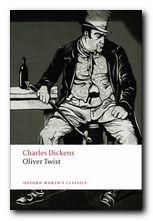 Oliver Twist (1837-38) expresses Dickens’ sense of the vulnerability of children. Oliver is a foundling, raised in a workhouse, who escapes suffering by running off to London. There he falls into the hands of a gang of thieves controlled by the infamous Fagin. He is pursued by the sinister figure of Monks who has secret information about him. The plot centres on the twin issues of personal identity and a secret inheritance (which surface again in Great Expectations). Emigration, prison, and violent death punctuate a cascade of dramatic events. This is the early Victorian novel in fine melodramatic form. Recommended for beginners to Dickens.
Oliver Twist (1837-38) expresses Dickens’ sense of the vulnerability of children. Oliver is a foundling, raised in a workhouse, who escapes suffering by running off to London. There he falls into the hands of a gang of thieves controlled by the infamous Fagin. He is pursued by the sinister figure of Monks who has secret information about him. The plot centres on the twin issues of personal identity and a secret inheritance (which surface again in Great Expectations). Emigration, prison, and violent death punctuate a cascade of dramatic events. This is the early Victorian novel in fine melodramatic form. Recommended for beginners to Dickens.
![]() Buy the book at Amazon UK
Buy the book at Amazon UK
![]() Buy the book at Amazon US
Buy the book at Amazon US
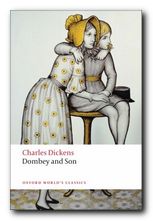 Dombey and Son (1847-48) is Dickens’ version of the King Lear story, in which Dombey, the proud and successful head of a shipping company, loses his son, wife, and daughter because of neglect and his lack of sympathy towards them. Even his second wife is driven into the arms of his villainous business manager – with disastrous results. Eventually his empire collapses, and he lives on in tragic desolation – until his daughter Florence returns and finds a way back to his heart. This is the first of Dickens’ great and powerful masterpieces.
Dombey and Son (1847-48) is Dickens’ version of the King Lear story, in which Dombey, the proud and successful head of a shipping company, loses his son, wife, and daughter because of neglect and his lack of sympathy towards them. Even his second wife is driven into the arms of his villainous business manager – with disastrous results. Eventually his empire collapses, and he lives on in tragic desolation – until his daughter Florence returns and finds a way back to his heart. This is the first of Dickens’ great and powerful masterpieces.
![]() Buy the book at Amazon UK
Buy the book at Amazon UK
![]() Buy the book at Amazon US
Buy the book at Amazon US
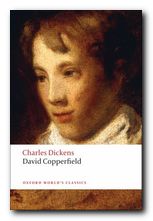 David Copperfield (1849-50) is a thinly veiled autobiography, of which Dickens said ‘Of all my books, I like this the best’. As a child David suffers the loss of both his father and mother. He endures bullying at school and a life of poverty when he goes to work. The book is packed with memorable characters such as Mr Micawber, the fawning Uriah Heep, and the earth-mother figure Clara Peggotty. The plot involves Dickens’ recurrent topics of thwarted romance, financial insecurity and misdoings, and the terrible force of the legal system which haunted him all his life.
David Copperfield (1849-50) is a thinly veiled autobiography, of which Dickens said ‘Of all my books, I like this the best’. As a child David suffers the loss of both his father and mother. He endures bullying at school and a life of poverty when he goes to work. The book is packed with memorable characters such as Mr Micawber, the fawning Uriah Heep, and the earth-mother figure Clara Peggotty. The plot involves Dickens’ recurrent topics of thwarted romance, financial insecurity and misdoings, and the terrible force of the legal system which haunted him all his life.
![]() Buy the book at Amazon UK
Buy the book at Amazon UK
![]() Buy the book at Amazon US
Buy the book at Amazon US
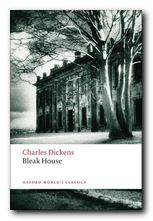 Bleak House (1852-53) is a powerful critique of the legal system. Characters waiting to gain their inheritance from a will which is the subject of a long-running court case are ruined when the delays and costs of the case swallow up the whole estate. At the same time, Ester Summerson, one of Dickens’ most saintly heroines, is surrounded by mystery regarding her parentage and pressure to marry a man she respects but does not love. Unraveling the mystery results in scandal and deaths. Many memorable characters, including ace sleuth Inspector Bucket; Horace Skimpole a criminally irresponsible house guest; and Krook – the ‘chancellor’ of the rag and bone department, who dies from spontaneous combustion – something which Dickens actually believed could happen.
Bleak House (1852-53) is a powerful critique of the legal system. Characters waiting to gain their inheritance from a will which is the subject of a long-running court case are ruined when the delays and costs of the case swallow up the whole estate. At the same time, Ester Summerson, one of Dickens’ most saintly heroines, is surrounded by mystery regarding her parentage and pressure to marry a man she respects but does not love. Unraveling the mystery results in scandal and deaths. Many memorable characters, including ace sleuth Inspector Bucket; Horace Skimpole a criminally irresponsible house guest; and Krook – the ‘chancellor’ of the rag and bone department, who dies from spontaneous combustion – something which Dickens actually believed could happen.
![]() Buy the book at Amazon UK
Buy the book at Amazon UK
![]() Buy the book at Amazon US
Buy the book at Amazon US
 Little Dorrit (1855-57) features Dickens’ recurrent themes of prison, debt, and the negative effects of wealth. William Dorrit and his daughter Amy have been paupers for so long that they actually live in the Marshalsea debtor’s prison. When he is suddenly released because of an inheritance, his place is taken by the middle-aged hero Arthur Clenham when he falls on hard times. Amy is devoted to them both. There is also a murky sub-plot involving doubtful parentage, a mysterious secret, and a villain with two names. Also includes a satirical critique of nineteenth century government bureaucracy in his depiction of the Circumlocution Office. Another of the greatest of Dickens’ works.
Little Dorrit (1855-57) features Dickens’ recurrent themes of prison, debt, and the negative effects of wealth. William Dorrit and his daughter Amy have been paupers for so long that they actually live in the Marshalsea debtor’s prison. When he is suddenly released because of an inheritance, his place is taken by the middle-aged hero Arthur Clenham when he falls on hard times. Amy is devoted to them both. There is also a murky sub-plot involving doubtful parentage, a mysterious secret, and a villain with two names. Also includes a satirical critique of nineteenth century government bureaucracy in his depiction of the Circumlocution Office. Another of the greatest of Dickens’ works.
![]() Buy the book at Amazon UK
Buy the book at Amazon UK
![]() Buy the book at Amazon US
Buy the book at Amazon US
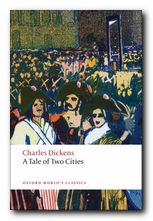 A Tale of Two Cities (1859) was Dickens’ account of the French Revolution – with the story switching between London and Paris. It views the causes and effects of the Revolution from an essentially private point of view, showing how personal experience relates to public history. The characters are fictional, and their political activity is minimal, yet all are drawn towards the Paris of the Terror, and all become caught up in its web of suffering and human sacrifice. The novel features the famous scene in which wastrel barrister Sydney Carton redeems himself by smuggling the hero out of prison and taking his place on the scaffold. The novel ends with the memorable lines: “It is a far, far better thing that I do, than I have ever done; it is a far, far better rest that I go to, than I have ever known.”
A Tale of Two Cities (1859) was Dickens’ account of the French Revolution – with the story switching between London and Paris. It views the causes and effects of the Revolution from an essentially private point of view, showing how personal experience relates to public history. The characters are fictional, and their political activity is minimal, yet all are drawn towards the Paris of the Terror, and all become caught up in its web of suffering and human sacrifice. The novel features the famous scene in which wastrel barrister Sydney Carton redeems himself by smuggling the hero out of prison and taking his place on the scaffold. The novel ends with the memorable lines: “It is a far, far better thing that I do, than I have ever done; it is a far, far better rest that I go to, than I have ever known.”
![]() Buy the book at Amazon UK
Buy the book at Amazon UK
![]() Buy the book at Amazon US
Buy the book at Amazon US
The Oxford World Classics are the best editions of Dickens’ work. They are largely based on the most accurate versions of the texts; and they feature introductory essays, a biography, explanatory notes, textual variants, a bibliography of further reading, and in some cases missing or deleted chapters. They are also terrifically good value.
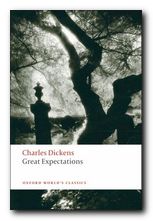 Great Expectations (1860-61) traces the adventures and moral development of the young hero Pip as he rises from humble beginnings in a village blacksmith’s. Eventually, via good connections and a secret benefactor, he becomes a gentleman in fashionable London – but loses his way morally in the process and disowns his family. Fortunately he is surrounded by good and loyal friends who help him to redeem himself. Plenty of drama is provided by a spectacular fire, a strange quasi-sexual attack, and the chase of an escaped convict on the river Thames. There are a number of strange psycho-sexual features to the characters and events, and the novel has two subtly different endings – both adding ambiguity to the love interest between Pip and the beautiful Stella.
Great Expectations (1860-61) traces the adventures and moral development of the young hero Pip as he rises from humble beginnings in a village blacksmith’s. Eventually, via good connections and a secret benefactor, he becomes a gentleman in fashionable London – but loses his way morally in the process and disowns his family. Fortunately he is surrounded by good and loyal friends who help him to redeem himself. Plenty of drama is provided by a spectacular fire, a strange quasi-sexual attack, and the chase of an escaped convict on the river Thames. There are a number of strange psycho-sexual features to the characters and events, and the novel has two subtly different endings – both adding ambiguity to the love interest between Pip and the beautiful Stella.
![]() Buy the book at Amazon UK
Buy the book at Amazon UK
![]() Buy the book at Amazon US
Buy the book at Amazon US
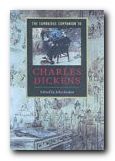 The Cambridge Companion to Charles Dickens contains fourteen essays which cover the whole range of Dickens’s writing, from Sketches by Boz through to The Mystery of Edwin Drood. Some address important thematic topics: childhood, the city, and domestic ideology. Others consider the serial publication and Dickens’s distinctive use of language. Three final chapters examine Dickens in relation to work in other media: illustration, theatre, and film. The volume as a whole offers a valuable introduction to Dickens for students and general readers, as well as fresh insights, informed by recent critical theory.
The Cambridge Companion to Charles Dickens contains fourteen essays which cover the whole range of Dickens’s writing, from Sketches by Boz through to The Mystery of Edwin Drood. Some address important thematic topics: childhood, the city, and domestic ideology. Others consider the serial publication and Dickens’s distinctive use of language. Three final chapters examine Dickens in relation to work in other media: illustration, theatre, and film. The volume as a whole offers a valuable introduction to Dickens for students and general readers, as well as fresh insights, informed by recent critical theory.
Charles Dickens – web links
![]() Charles Dickens at Mantex
Charles Dickens at Mantex
Biographical notes, book reviews, tutorials and study guides, free eTexts, videos, adaptations for cinema and television, further web links.
![]() Charles Dickens at Wikipedia
Charles Dickens at Wikipedia
Biography, major works, literary techniques, his influence and legacy, extensive bibliography, and further web links.
![]() Charles Dickens at Gutenberg
Charles Dickens at Gutenberg
A major collection of free eTexts of the major works in a variety of formats.
![]() Dickens on the Web
Dickens on the Web
Major jumpstation including plots and characters from the novels, illustrations, Dickens on film and in the theatre, maps, bibliographies, and links to other Dickens sites.
![]() The Dickens Page
The Dickens Page
Chronology, eTexts available, maps, filmography, letters, speeches, biographies, criticism, and a hyper-concordance.
![]() Charles Dickens at the Internet Movie Database
Charles Dickens at the Internet Movie Database
Adaptations of the major novels and stories for the cinema and television – in various languages
![]() A Charles Dickens Journal
A Charles Dickens Journal
An old HTML website with detailed year-by-year (and sometimes day-by-day) chronology of events, plus pictures.
![]() Hyper-Concordance to Dickens
Hyper-Concordance to Dickens
Locate any word or phrase in the major works – find that quotation or saying, in its original context.
![]() Dickens at the Victorian Web
Dickens at the Victorian Web
Biography, political and social history, themes, settings, book reviews, articles, essays, bibliographies, and related study resources.
![]() Charles Dickens – Gad’s Hill Place
Charles Dickens – Gad’s Hill Place
Something of an amateur fan site with ‘fun’ items such as quotes, greetings cards, quizzes, and even a crossword puzzle.
© Roy Johnson 2009
More on Charles Dickens
More on literature
More on the novella
More on literary studies
More on short stories
 The Oxford Companion to Dickens offers in one volume a lively and authoritative compendium of information about Dickens: his life, his works, his reputation and his cultural context. In addition to entries on his works, his characters, his friends and places mentioned in his works, it includes extensive information about the age in which he lived and worked: the people, events and institutions which provided the context for his work; the houses in which he lived; the countries he visited; the ideas he satirized; the circumstances he responded to; and the culture he participated in. The companion thus provides a synthesis of Dickens studies and an accessible range of information.
The Oxford Companion to Dickens offers in one volume a lively and authoritative compendium of information about Dickens: his life, his works, his reputation and his cultural context. In addition to entries on his works, his characters, his friends and places mentioned in his works, it includes extensive information about the age in which he lived and worked: the people, events and institutions which provided the context for his work; the houses in which he lived; the countries he visited; the ideas he satirized; the circumstances he responded to; and the culture he participated in. The companion thus provides a synthesis of Dickens studies and an accessible range of information.
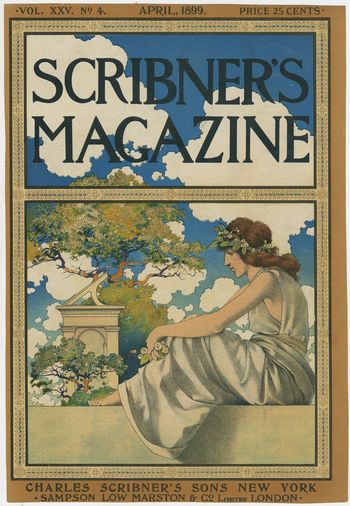
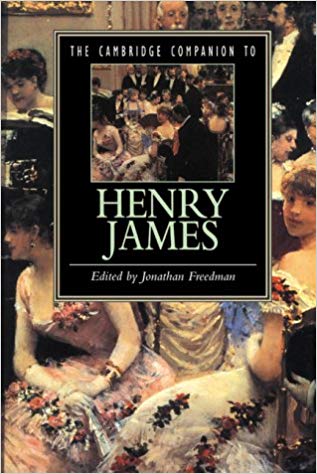
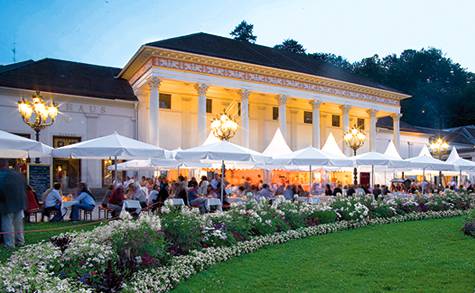
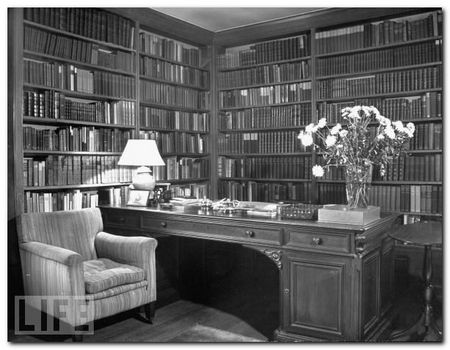
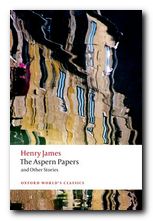 The Aspern Papers
The Aspern Papers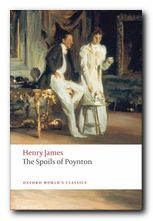 The Spoils of Poynton
The Spoils of Poynton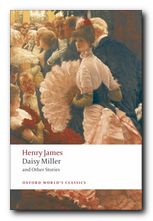 Daisy Miller
Daisy Miller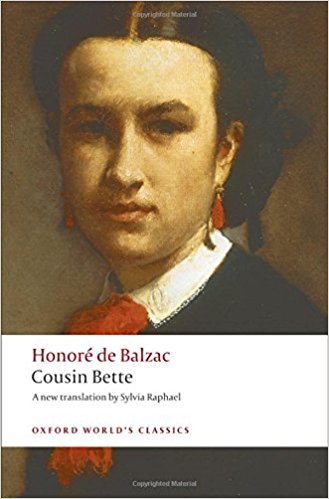

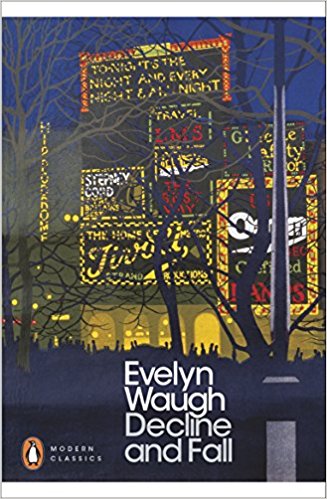
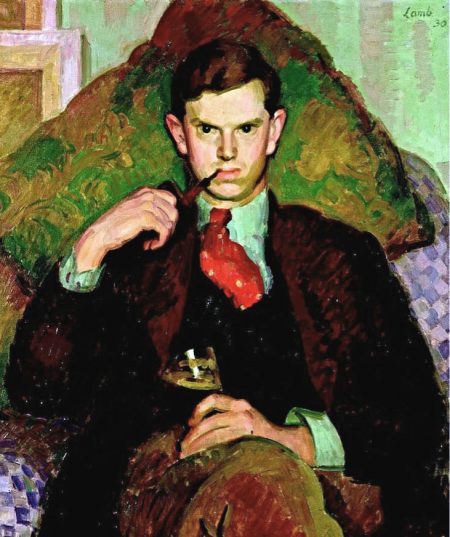
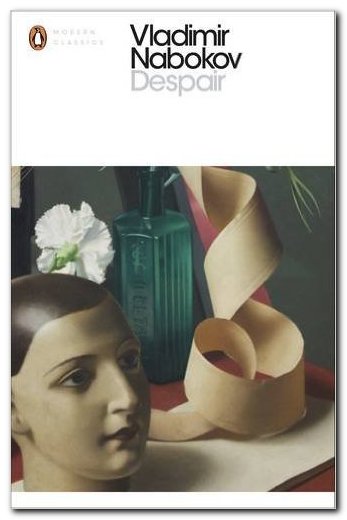
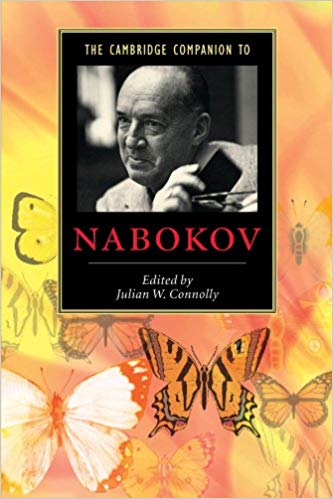
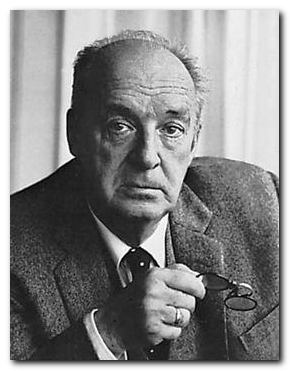
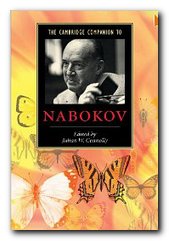 The Cambridge Companion to Nabokov Vladimir Nabokov held the unique distinction of being one of the most important writers of the twentieth century in two separate languages, Russian and English. This volume offers a concise and informative introduction into the author’s fascinating creative world. Specially commissioned essays by distinguished scholars illuminate numerous facets of the writer’s legacy, from his early contributions as a poet and short-story writer to his dazzling achievements as one of the most original novelists of the twentieth century. Topics receiving fresh coverage include Nabokov’s narrative strategies, the evolution of his world-view, and his relationship to the literary and cultural currents of his day. The volume also contains valuable supplementary material such as a chronology of the writer’s life and a guide to further critical reading.
The Cambridge Companion to Nabokov Vladimir Nabokov held the unique distinction of being one of the most important writers of the twentieth century in two separate languages, Russian and English. This volume offers a concise and informative introduction into the author’s fascinating creative world. Specially commissioned essays by distinguished scholars illuminate numerous facets of the writer’s legacy, from his early contributions as a poet and short-story writer to his dazzling achievements as one of the most original novelists of the twentieth century. Topics receiving fresh coverage include Nabokov’s narrative strategies, the evolution of his world-view, and his relationship to the literary and cultural currents of his day. The volume also contains valuable supplementary material such as a chronology of the writer’s life and a guide to further critical reading. 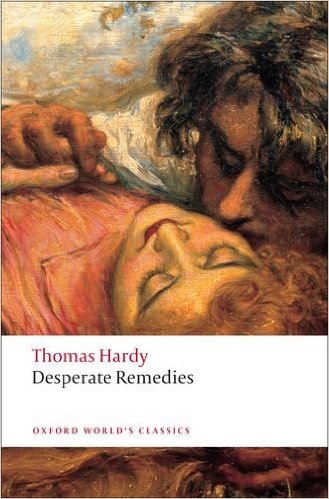

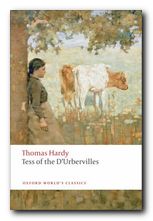 Tess of the d’Urbervilles
Tess of the d’Urbervilles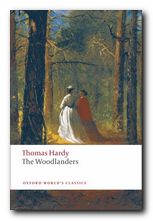 The Woodlanders
The Woodlanders Wessex Tales
Wessex Tales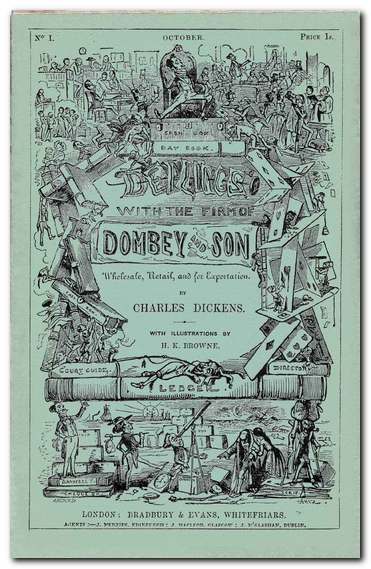
 Yet when his wife bears him a male child (Paul junior) the son is immediately removed from his primary sources of emotional comfort – first of all from his mother because she dies, then from his beloved nurse, Polly Toodles, because Dombey fires her. Dombey then submits his son to the dubious care of his stupid sister Mrs Chick and her friend Miss Tox. Even worse, he subsequently sends Paul to the appalling establishment run by the fraudulent Mrs Pipchin in Brighton. She neglects the children placed in her care to an almost criminal extent.
Yet when his wife bears him a male child (Paul junior) the son is immediately removed from his primary sources of emotional comfort – first of all from his mother because she dies, then from his beloved nurse, Polly Toodles, because Dombey fires her. Dombey then submits his son to the dubious care of his stupid sister Mrs Chick and her friend Miss Tox. Even worse, he subsequently sends Paul to the appalling establishment run by the fraudulent Mrs Pipchin in Brighton. She neglects the children placed in her care to an almost criminal extent.
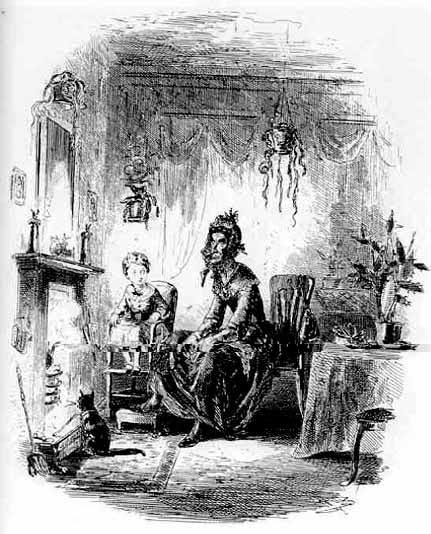
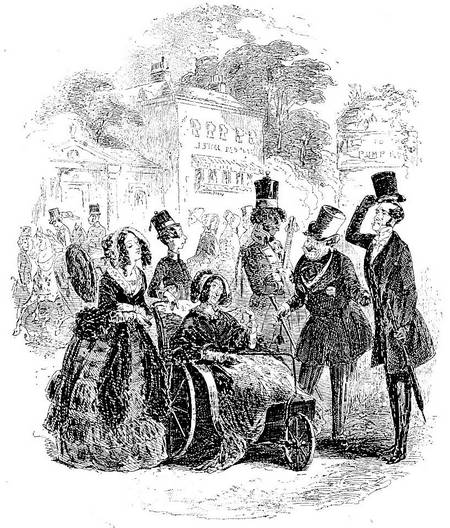
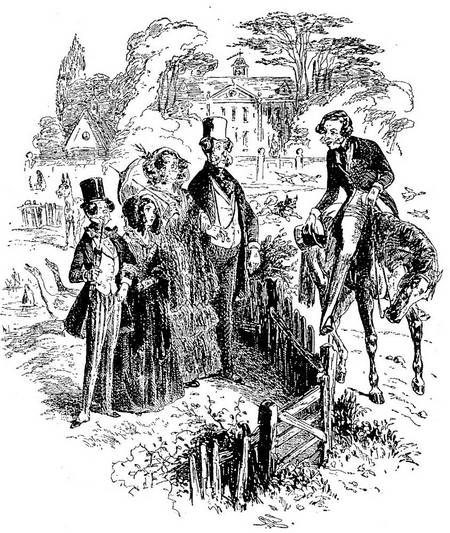

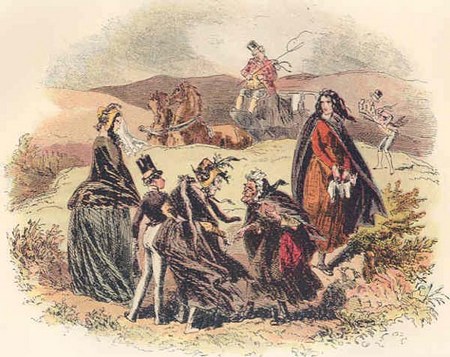

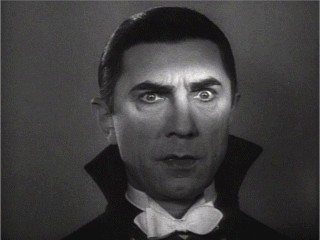
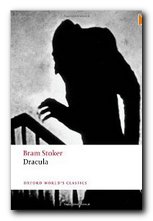 English solicitor Jonathan Harker travels to Transylvania to visit Count Dracula, who has bought properties in London. He is hospitably received, but then is held prisoner in the castle, where he encounters three female vampires. Harker writes letters to his fiancée and employer asking for help, but Dracula intercepts them. Dracula then takes a boat journey to England. On the journey the entire crew disappear one by one. The ship is driven ashore at Whitby, Yorkshire during a violent storm.
English solicitor Jonathan Harker travels to Transylvania to visit Count Dracula, who has bought properties in London. He is hospitably received, but then is held prisoner in the castle, where he encounters three female vampires. Harker writes letters to his fiancée and employer asking for help, but Dracula intercepts them. Dracula then takes a boat journey to England. On the journey the entire crew disappear one by one. The ship is driven ashore at Whitby, Yorkshire during a violent storm. Van Helsing reads Lucy’s diaries and letters, then visits Mina and Jonathan in Exeter and reads the typed copies of their journals, which Mina has made. He then recruits John Seward to visit Lucy’s tomb, which turns out to be empty when they visit it at night. On returning in the daylight however, they find her there. He then recruits Arthur Holmwood and Quincy Morris, and the four men confront Lucy in her vampire mode outside the tomb. Next day they return in the daylight and Arthur drives a stake through her heart, following which Van Helsing cuts off her head.
Van Helsing reads Lucy’s diaries and letters, then visits Mina and Jonathan in Exeter and reads the typed copies of their journals, which Mina has made. He then recruits John Seward to visit Lucy’s tomb, which turns out to be empty when they visit it at night. On returning in the daylight however, they find her there. He then recruits Arthur Holmwood and Quincy Morris, and the four men confront Lucy in her vampire mode outside the tomb. Next day they return in the daylight and Arthur drives a stake through her heart, following which Van Helsing cuts off her head.